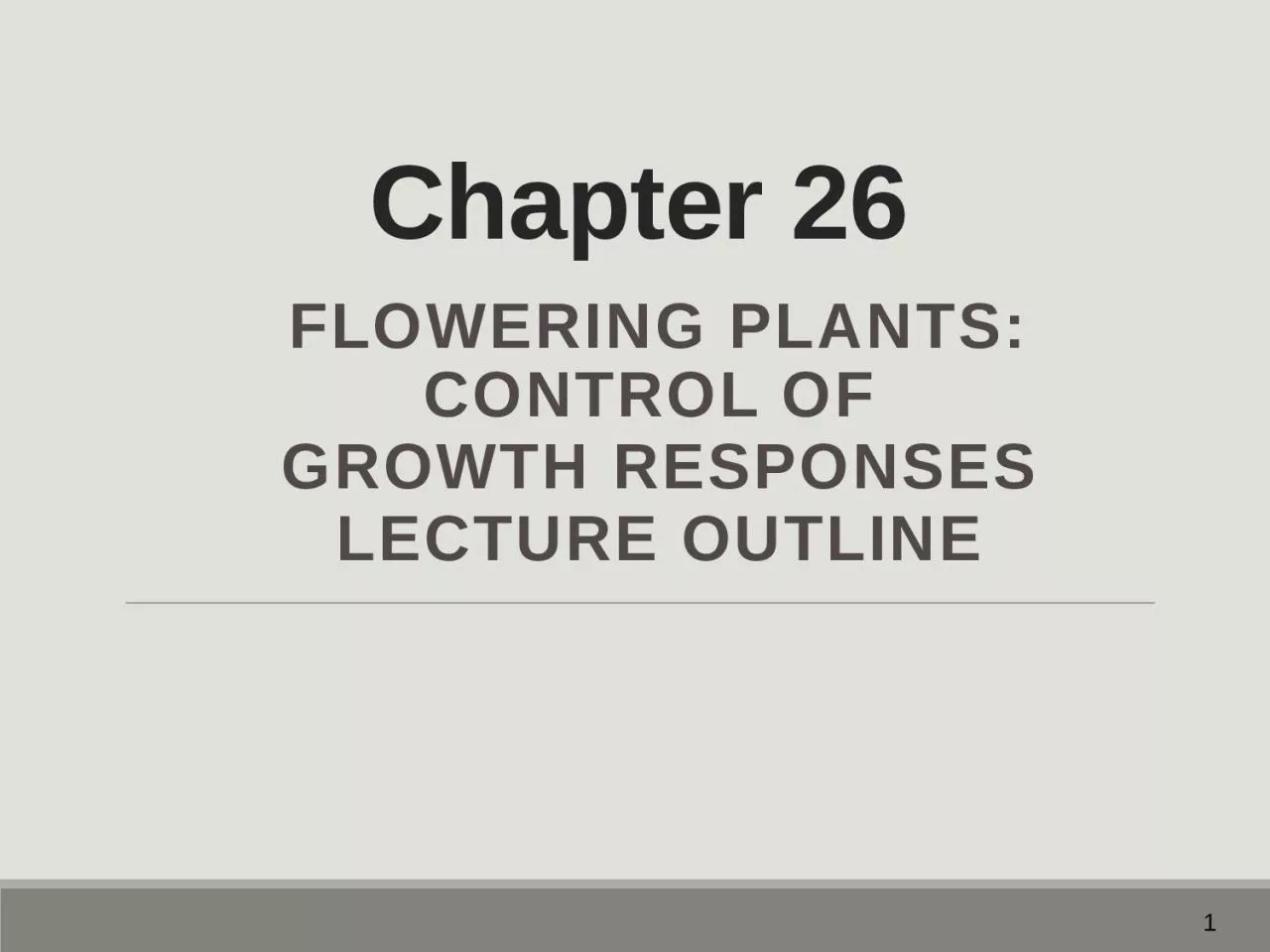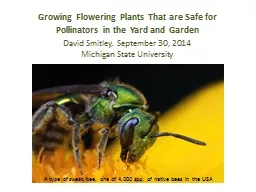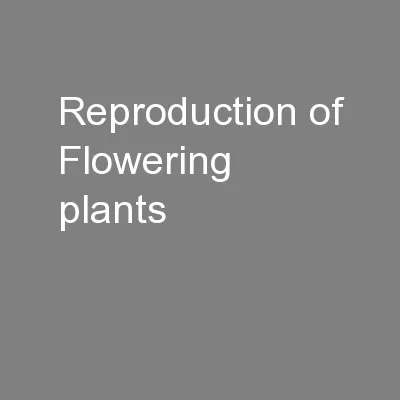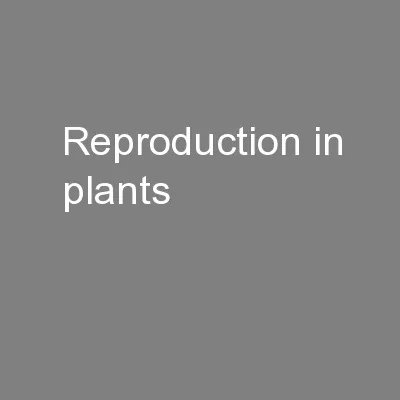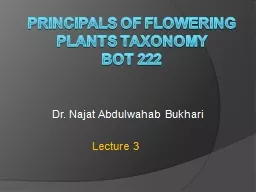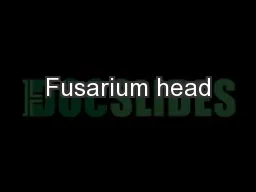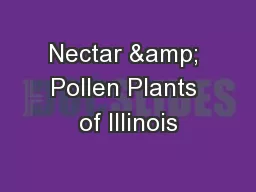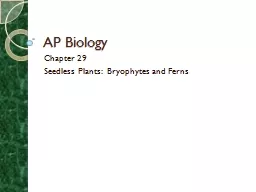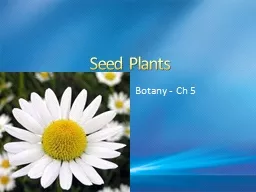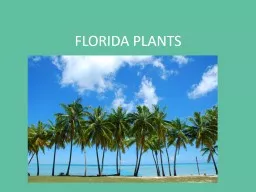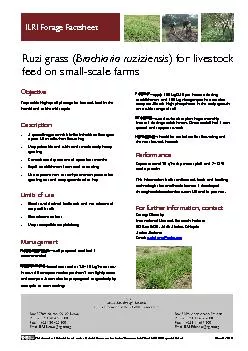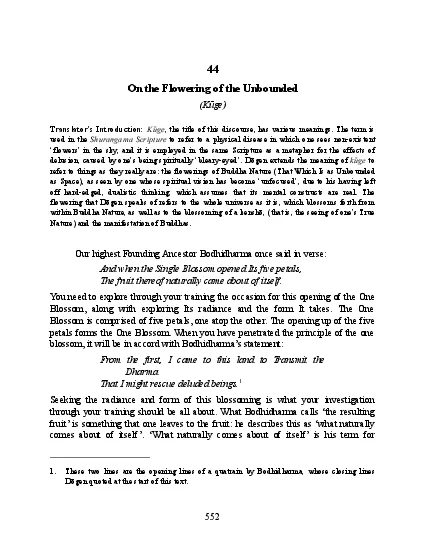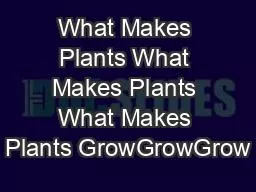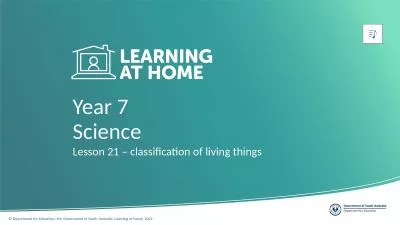PPT-Chapter 26 Flowering Plants: Control of
Author : garcia | Published Date : 2022-06-15
Growth Responses Lecture Outline 1 Outline 261 Plant Hormones 262 Plant Responses 2 261 Plant Hormones Flowering plants respond to environmental stimuli such as
Presentation Embed Code
Download Presentation
Download Presentation The PPT/PDF document "Chapter 26 Flowering Plants: Control of" is the property of its rightful owner. Permission is granted to download and print the materials on this website for personal, non-commercial use only, and to display it on your personal computer provided you do not modify the materials and that you retain all copyright notices contained in the materials. By downloading content from our website, you accept the terms of this agreement.
Chapter 26 Flowering Plants: Control of: Transcript
Download Rules Of Document
"Chapter 26 Flowering Plants: Control of"The content belongs to its owner. You may download and print it for personal use, without modification, and keep all copyright notices. By downloading, you agree to these terms.
Related Documents

